The Puli is a medium-sized dog, with a height in the males of 16 to 19 inches and the female bitch slightly shorter at 14 to 16 inches, although in the U. S. they can be a little larger, and the dog weighing 24 to 33 lbs and the bitch 22 to 31 lbs. The Puli has a fine boned structure that is quite muscular. Their head is in proportionate size to their body and domed in structure. They are a particularly long-haired dog and their hair, on occasions, can even reach the ground. Their hair is very distinctive, with its dreadlock like appearance. They can come in a variety of colours, although if you're showing this dog some colours are not permitted in competitions, but this also depends on the country in which the competition is. They are an instinctively protective dog, that are very agile and lively.
History. The Puli is an ancient breed, believed to have first appeared some thousands of years ago on the Hungarian plains. Historically they were used as sheepdogs, many traits of which they maintain to this day. It is also believed that the black or darker coloured dogs were preferred by the Shepherd's, as their dark-coloured Coats would show up better among the white sheep. They were prized for their agile movements, which meant they could pull any straggling sheep back into the flock with ease. As with other breeds of dog the Second World War had a great impact and nearly eradicated the breed, their numbers fell to less than 100. Since the war, around the world, dedicated breeders have managed to ensure the survival of the Puli.
Temperament. This breed is very loyal, active, and boisterous. They make an excellent family pet, happily adapt to a variety of circumstances and various surroundings. Their intelligence provides for relatively easy training. As with so many of the herding dogs it is necessary to assert yourself over them in a gentle but firm manner, if the dog feels they are in control problems can occur. Pulis' are not recommended for small children, as they do not tolerate teasing well. They are rarely aggressive but are wary of strangers. Should they feel their family, or pack, is threatened they will respond in a very vocal way, that can be quite hard to stop. For this reason, it is necessary to introduce visitors and friends to the dog, so they know they are allowed to be in the home. They are not known for standing down; they are a brave dog and will try to scare off the biggest of them. As part of the training it is probably a good idea to instigate a stand down command, which given their generally playful nature should not be that hard to do.
Health issues. It is due to the excellent level of responsibility shown, by the breeders, when repopulating this breed, that these dogs have no major health issues, with a life span of' 12 years. The common problem of hip dysplasia can occur in this breed beyond that their most significant ailments are eye problems.
Grooming. As you can imagine, with a dog of this appearance, having such long hair can make grooming quite arduous. The cording of their coat starts to develop at about six months. The cords should be separated and preferably brushed individually, if you are using the dog for shows you will also require to train each individual curl or cord. Obviously, a basic groom is required frequently, but a full groom is also required on a fairly regular basis. Washing your dog is similar to hand washing woollen clothing. However, a fully grown dog with full length cords can take several hours to dry even when using a hairdryer, although if left to dry naturally it takes around two days in good weather. They are not shedders and if their coat is kept fairly tidy grooming can be reduced.
Living conditions. They are very flexible in their living requirements. They live happily in hot areas or cold. They require a reasonable amount of exercise and love to play. Indoors they are also a fairly active dog which does make them suitable for life in an apartment, as long as they get their required amount of exercise. It is important to mention again here they do not tolerate teasing at all well, and homes with small children are not recommended.

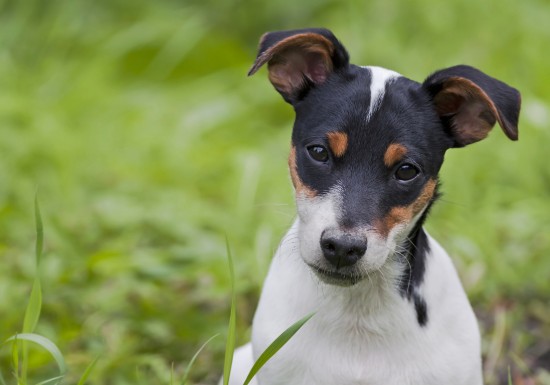 Seven Tips For Raising A Well-adjusted Puppy
Seven Tips For Ra
Seven Tips For Raising A Well-adjusted Puppy
Seven Tips For Ra
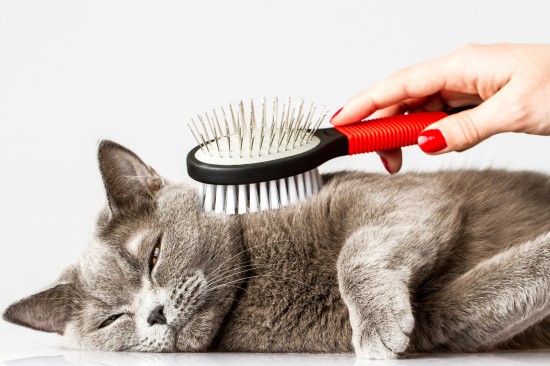 How To Keep On Top Of A Cats Shedding
How To Keep On To
How To Keep On Top Of A Cats Shedding
How To Keep On To
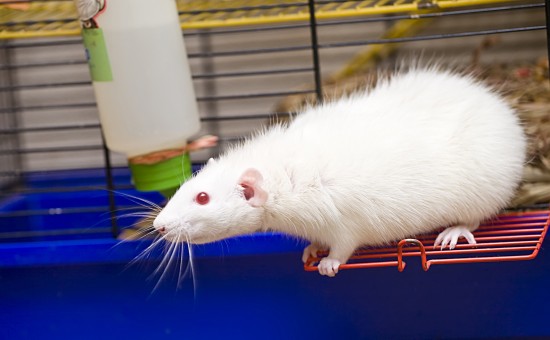 Tips To Keep Your Pet Rats Cool During Summer
Tips To Keep Your
Tips To Keep Your Pet Rats Cool During Summer
Tips To Keep Your
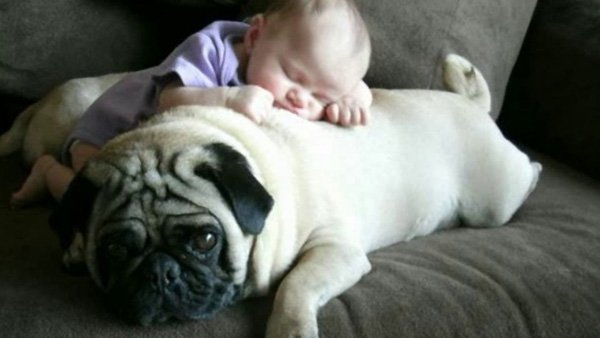 Choosing The Right Veterinarian
Choosing The Right Veterinarian
Furry friends
Choosing The Right Veterinarian
Choosing The Right Veterinarian
Furry friends
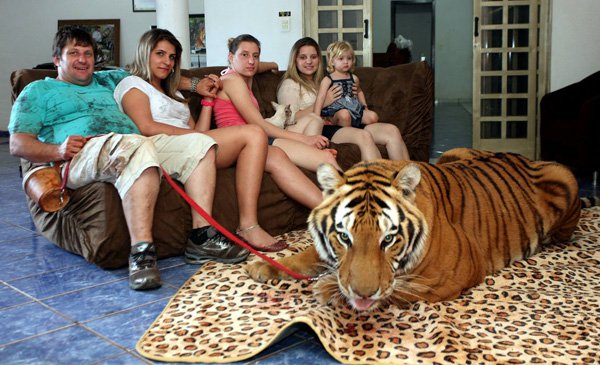 Locating your lost dog
Locating your lost dog
If you do not get puzzl
Locating your lost dog
Locating your lost dog
If you do not get puzzl